Catching a fast-ferry across the Gulf of Finland from Estonia, Helsinki’s communion with nature is strikingly laid bare, as the waterfront capital’s assortment of rocky islands and skerries reach out into the ocean. No fewer than 300 islands. In the depths of winter, the city resembles a snow-caked wonderland with vast sheaths of ice stretching across the bay to the island fortress of Suomenlinna.

Come summer and Helsinki Harbour gleams in near-perpetual sunlight, as locals gleefully leap into the Baltic Sea. I was visiting in May and there was no mistaking the perky spirit suffusing the city as locals embraced spring’s arrival, shaking off the entrails of winter’s long hibernation. As a first-timer to Helsinki, I was struck by its gritty yet elegant skyline, where the architecture speaks to its Russian and Swedish colonial influences. Helsinki’s neoclassical core took its design cue from the imposing grandeur of St. Petersburg, intermixed with the stately low-rise ambience of Stockholm.
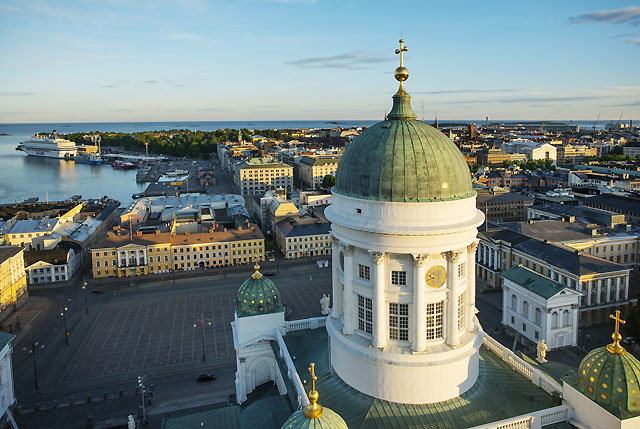
The Art Nouveau ornamental nature-inspired detailing on the facades of the late 19th century buildings projected a growing self-confidence in forging a national identity and a yearning for independence, unshackled from being the plaything of Sweden and Russia. You’ll spot sculpted characters as depicted in the sorcery-filled tales of the Kalevala. Finland only achieved independence 102 years ago, as revolution swept Russia. Helsinki is far more intimate and compact than the other Scandinavian capitals, making this harbour city of Nordic cool a winner in the walkability stakes.
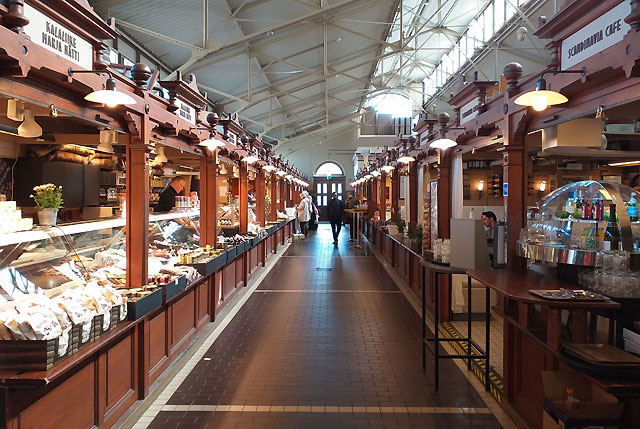
Fronting the harbour, Market Square was abuzz with activity in the gentle spring sunshine, with stallholders peddling an emporium of fresh produce. The air was thickly laced with the scent of fleshy slabs of fresh bream, sea salt, billowing mounds of glossy blackberries and Arctic brambleberries. Finns are besotted with berries and one of my favourite meals was the local delicacy of Baltic herring, seasoned with juicy cloudberries.
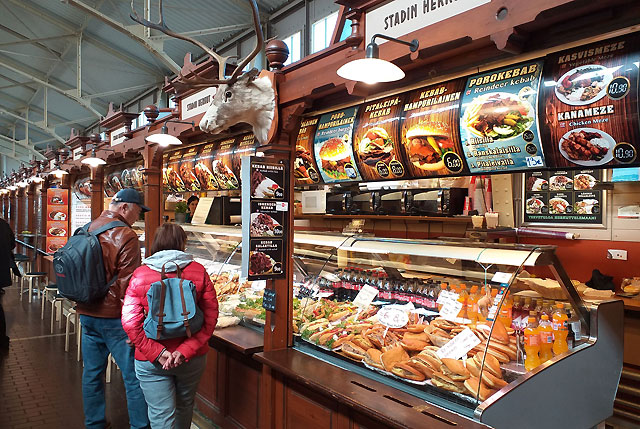
The Old Market Hall is an evocative gem, brimming with wooden booths laden with gourmet goodies, and sit-down eateries. Lappish cuisine is a must try here, tucking into cuts of reindeer and elk. I passed on the bear meat, but the moose meatballs were delicious. I also tucked into some local fare at Story, a bustling eatery. Order up a plate of potato waffle and shrimp Skagen. Delicious.
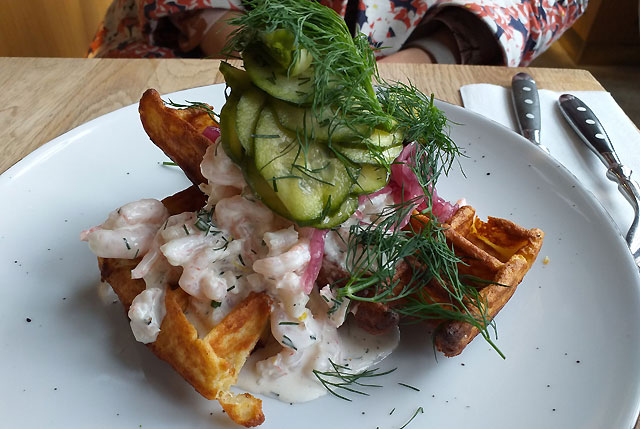
Gazing over the waterfront ferries zipping travellers out to the necklace of islands, I ambled past the Presidential Palace and then up the small rise to Uspenski Cathedral. A potent symbol of Russia’s impact on Finnish history, the 1868 red-brick church and its 13 golden cupolas is the largest Orthodox cathedral in Western Europe.
From there, stroll through the Tori Quarter, en-route to Senate Square, humming with Finnish design boutiques. Speaking of Finnish design, Marimekko’s flagship store is nearby on Keskuskatu Street. Founded in 1951 and famed for its eye-catching patterns and colours, the product range spans clothing, bags, tableware and interior textiles. Eye-candy galore.

Balmuir on Pohjoisesplandi Street is another essential stop, renowned for its luxury ethical products. Homewares and accessories are its mainstay, with a growing line in premium natural cosmetics and fashion items made from cashmere, Alpaca wool and reindeer leather.
Helsinki’s historic central square is Senate Square, edged by stately stone buildings including Government Palace, built in 1818. It’s crowned by Helsinki Cathedral, built in 1852, an understated landmark which also doubles as the locals most common meeting-up-point. From there I headed to one of Helsinki’s most striking constructions, the Church in the Rock.
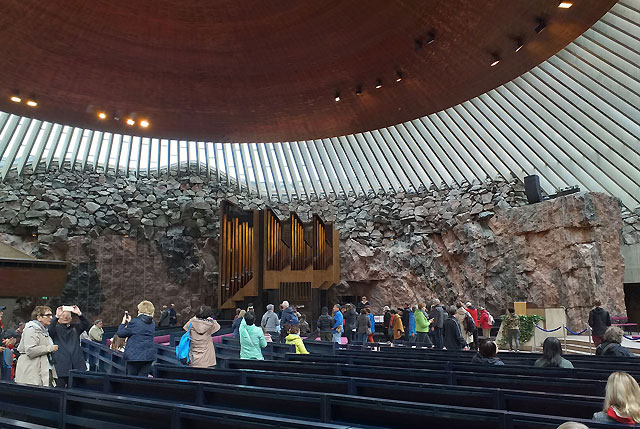
Hillock-like mounds of granite outcrops pepper-pot the city, which have been thoughtfully built around – not blown to bits. These vestiges of the last ice age struck me as a metaphor for the Finnish love-affair with nature. Temppeliaukio Church was the winning entry in a design competition in the 1960s, which brought about the construction of an edgy church within the existing granite rock. An impressive giant disc of copper wire ( 22km of it) serves as the ceiling, while light streams in through 180 windows that serve as the joining point between the rock walls and the copper cover. It’s a staggering spectacle, a triumph of daring integrated design – and it heaves with hordes of sightseers, around the clock.
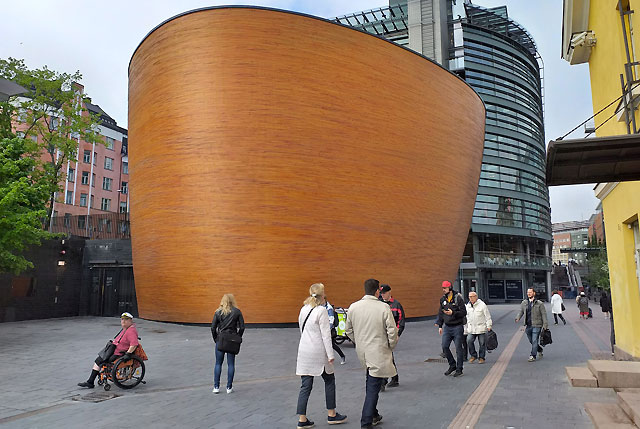
A more recent erection is Kamppi Chapel, a giant egg-shaped wooden chapel that was developed to celebrate Helsinki’s stature as a Design Capital in 2012. Dubbed the centre of calm or chapel of silence, this striking urban retreat was designed to be a quiet space of contemplation, where central city workers could pop in to download the day’s aggravations and worries, so as not to take their stresses home to their families. Many locals told me that the chapel has helped reduce the incidence of family violence. There’s even volunteer counsellors and private cubicles on-site, if you need someone to talk to.
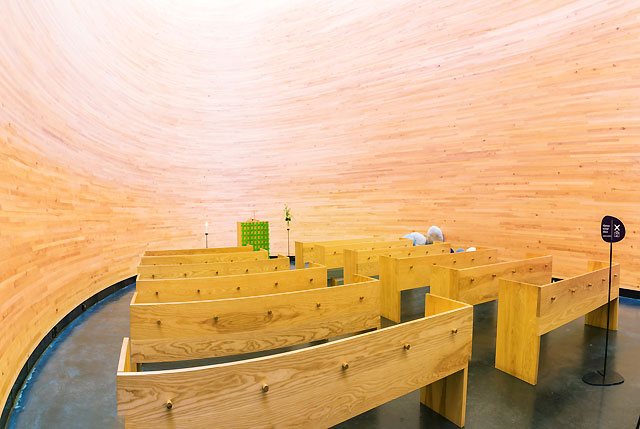
But in a city that loves pushing the boundaries on architectural design, Helsinki’s hottest new showpiece is the Central Library, Oodi. Opened just six months ago, many design elements were adopted by Christchurch’s brand-spanking new library, Turanga. A stirring calling-card of Finnish architecture, complete with living black olive trees between the book shelves, Oodi functions as Helsinki’s living room. It was a birthday present to the city, to celebrate a century of independence. Three mobile robots help shift boxes of books between the floors.
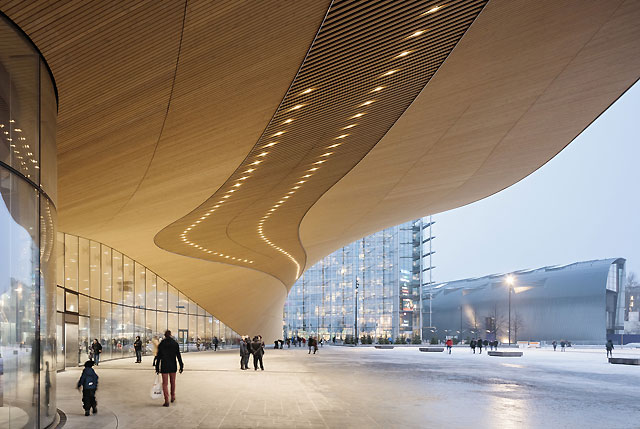
The range of facilities is astonishing, from free-to-hire audio and video recording studios to 3D printers, sewing machines, kitchens, lecture spaces and gaming consoles, along with 100,000 books. I watched a happy local using the 3D printer to make a replacement handle for their fridge at home. Bursting with artworks, the giant spiral staircase extends all the way to the roof top.
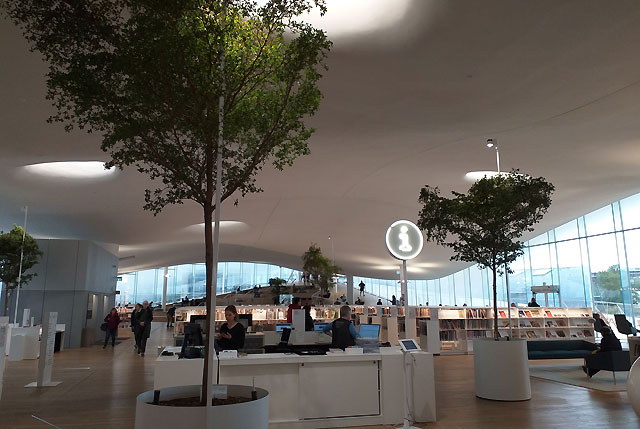
Making my way back to the waterfront, I had a date with that insatiable Finnish pastime, the sauna. Literally dipping into the water, Allas Sea Pool is another daring new development, that seemingly floats in the harbour. After baking yourself in the sauna, you’ve got three outdoor pools at your disposal, including a lap pool which is heated year-round, alongside the filtered sea water pool, which is typically bone-chilling. Underscoring Finland’s obsession with sauna, the adjacent skywheel even features a rotating sauna cabin. If you want an old-school sauna experience, complete with birch-slapping, head over to Kallio district and Kotiharjun Sauna. This is Helsinki’s last public wood-fired sauna, dating back to 1928, with separate fully naked saunas for men and women. www.myhelsinki.fi
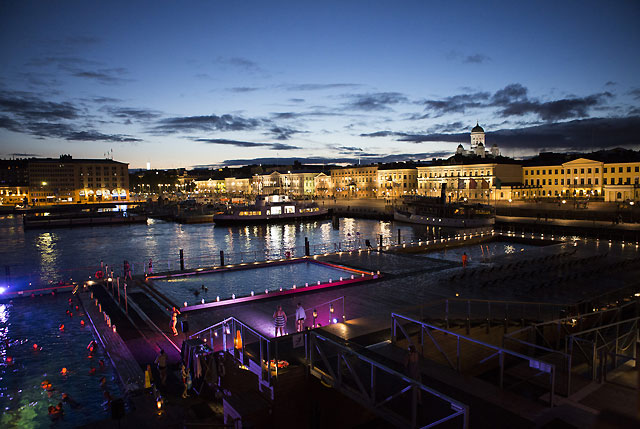
Where to stay? One of the newest hotel openings in Helsinki is the 130-roomed Lilla Roberts. Spanning two historical century-old buildings, including the old police station, this sumptuous and stylish design hotel radiates with art deco flourishes. The gorgeous old antique elevator was restored as part of the hotel makeover which was under the command of inventive interior designer, Jakko Puro. The art deco redesign is elegant and whimsical, from the black and white marble tiled lounge lobby to the wild animal motifs and lamps that permeate the hotel.
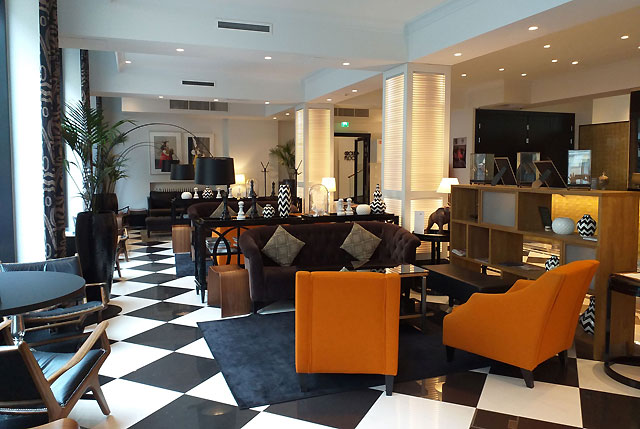
Even the smallest rooms are super-spacious with high-end furnishings, fittings and bedding. Ultra-comfort accommodations, free to use bicycles, in-house art exhibitions and effervescent staff all combine to make a stay at Lilla Roberts truly memorable. It’s inner-city residential location, just 10 minutes walk from Market Square, makes you feel like a local. Bonus points must go to their lustrous breakfast offering in the downstairs restaurant, Krog Roba. What used to be the former police station’s overnight cells for the city’s drunks and miscreants has been spectacularly overhauled into a divine breakfast setting, replete with local specialties.
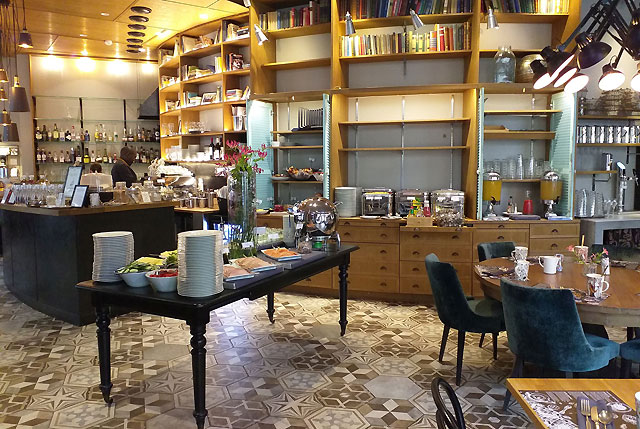
I started my day with a shot of Sea Buckthorn Juice. One of the richest plant sources of Vitamin C, this power-packed orange-hued berry is loaded with 200 bioactive nutrients. Sink your teeth into a Karelian Pie, a traditional Finnish pastry with a thin rye crust and rice filling. Follow the locals and slather the crust with butter and chopped-up boiled egg. Smear it on top of your oven-hot pastry. Yum! And don’t miss the chance to sample Salted Liquorice, a Finnish staple, flavoured with ammonium chloride. Its astringent saltiness is potent if not overwhelming – undeniably an acquired taste! https://www.lillaroberts.com/en/
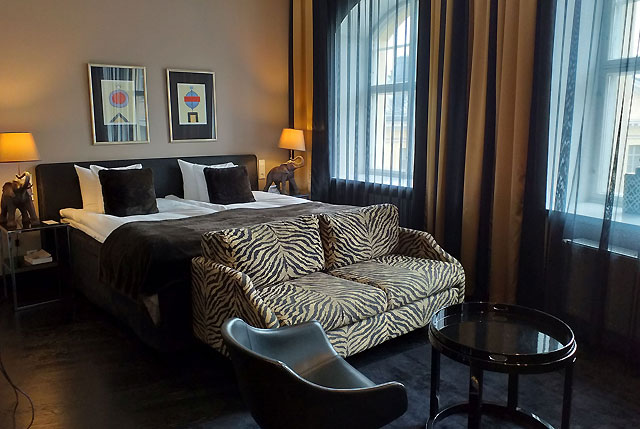
Just six doors down the road from Hotel Lilla Roberts, make a dinner booking at Juuri, a trail-blazer in the new Nordic movement, showing restaurants the way in using simple Finnish produce and transforming it into superlative, original cooking. Locally grown organic ingredients – think wild herbs and forest mushrooms, are to the fore, as are the traditions of Finnish food culture and the rhythm of the seasons. One of Juuri’s beloved specialties is the Sapas menu (Finnish Tapas), for bite-sized tastes. I ordered up several Sapas, including herring with potato and sour cream, pike with broad beans and lamb with sour cream. I washed it all down with a glass of Lehtikuohu, a non-alcoholic sparkling blackcurrant drink from Eastern Finland. A class act.
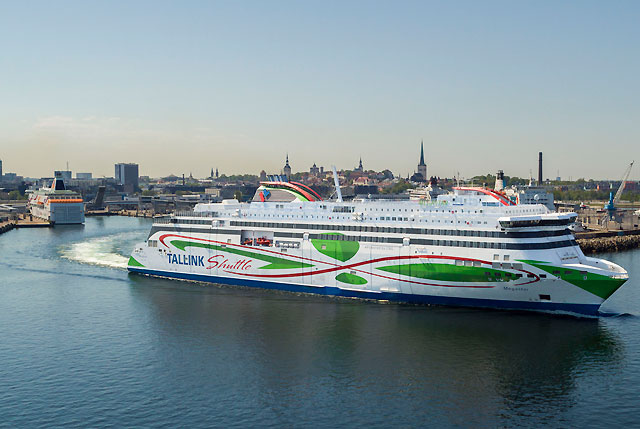
I arrived into Helsinki from Tallinn, crossing the Gulf of Finland on the super-smooth fast ferry, Tallink Shuttle Star. Just a two hour sailing, you’ve got a range of classes to choose from. I plumped for the Business Lounge, an oasis of comfort with free WiFi, complimentary bar and fabulous food buffet. With multiple sailings every day, it’s the stress-free way to travel. www.tallinksilja.com/en

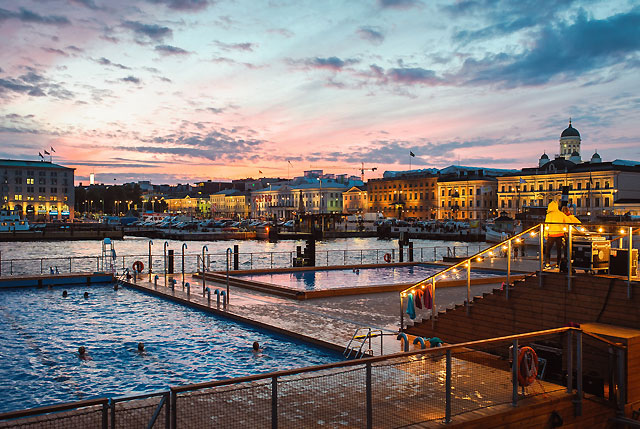
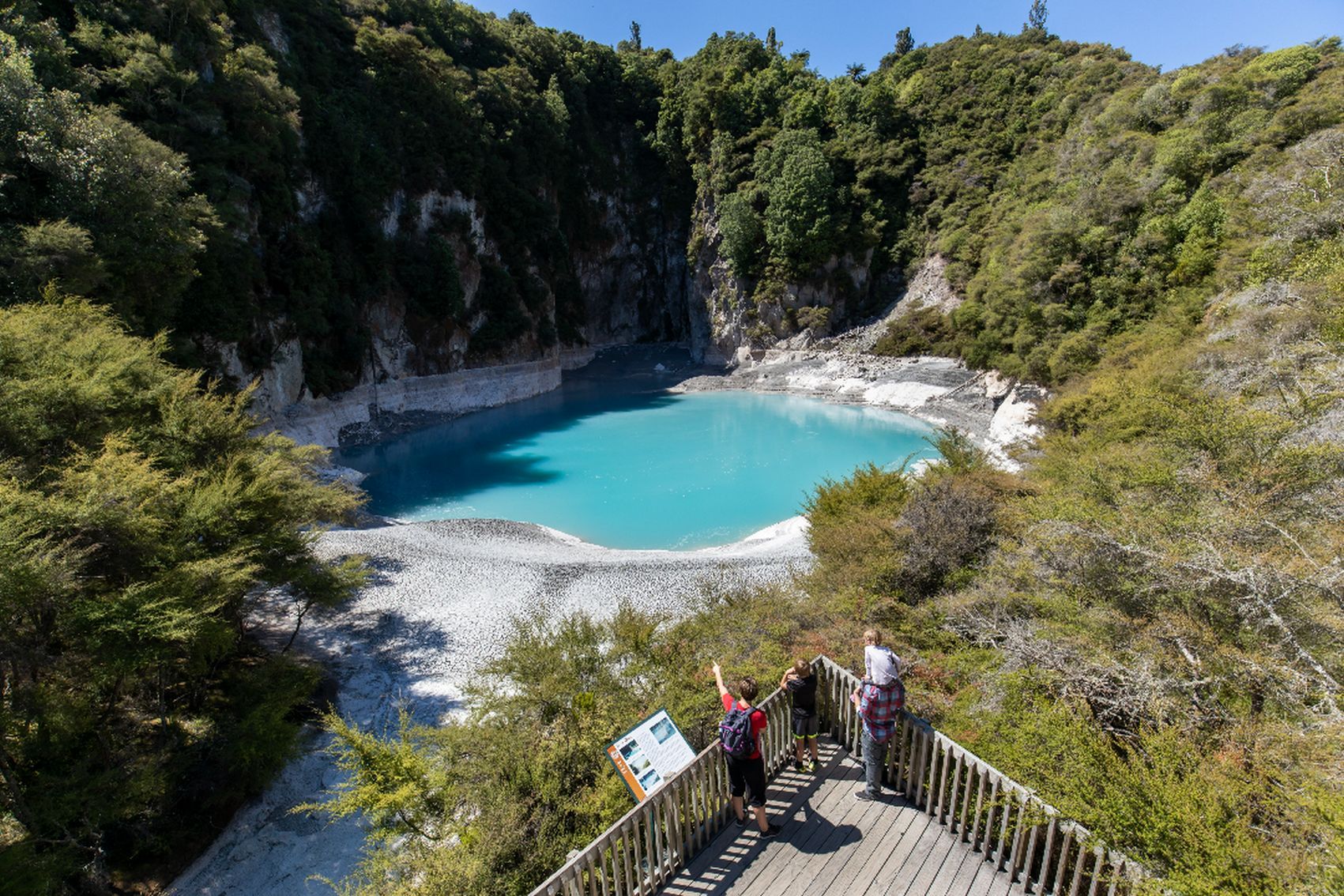
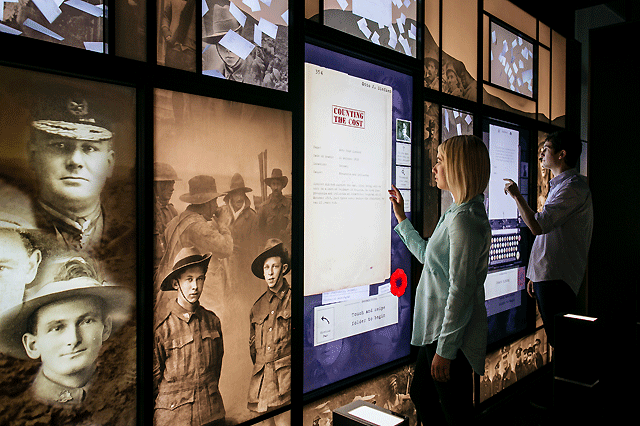
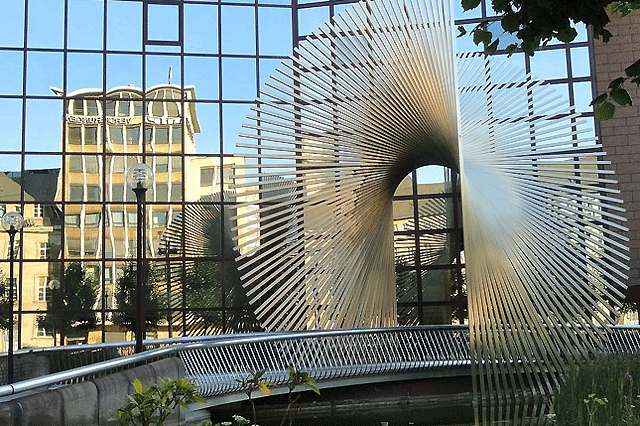
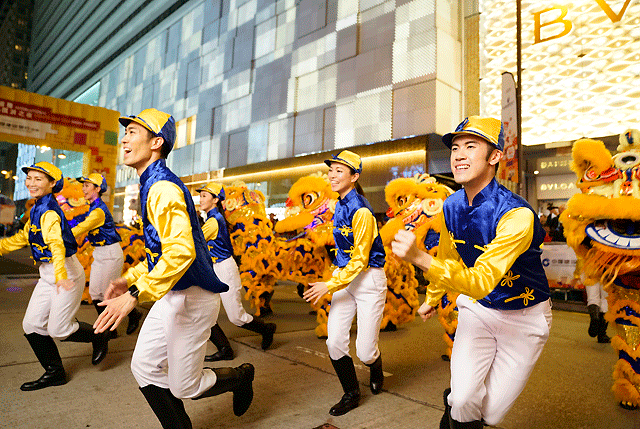

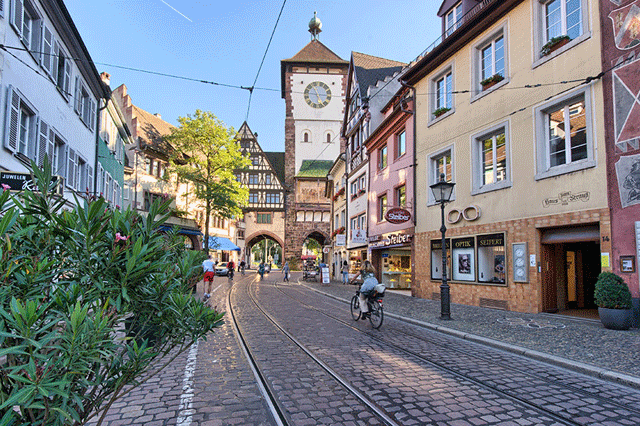
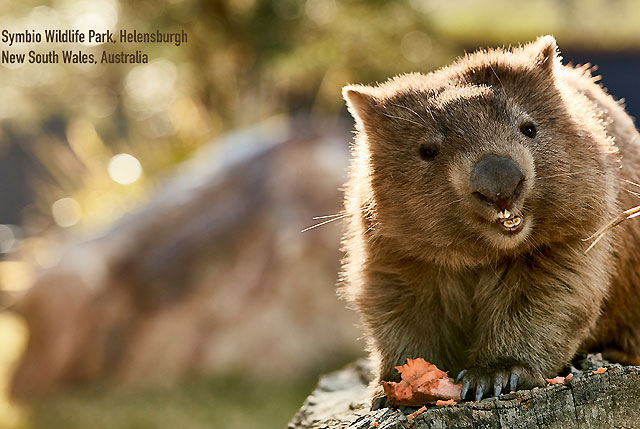
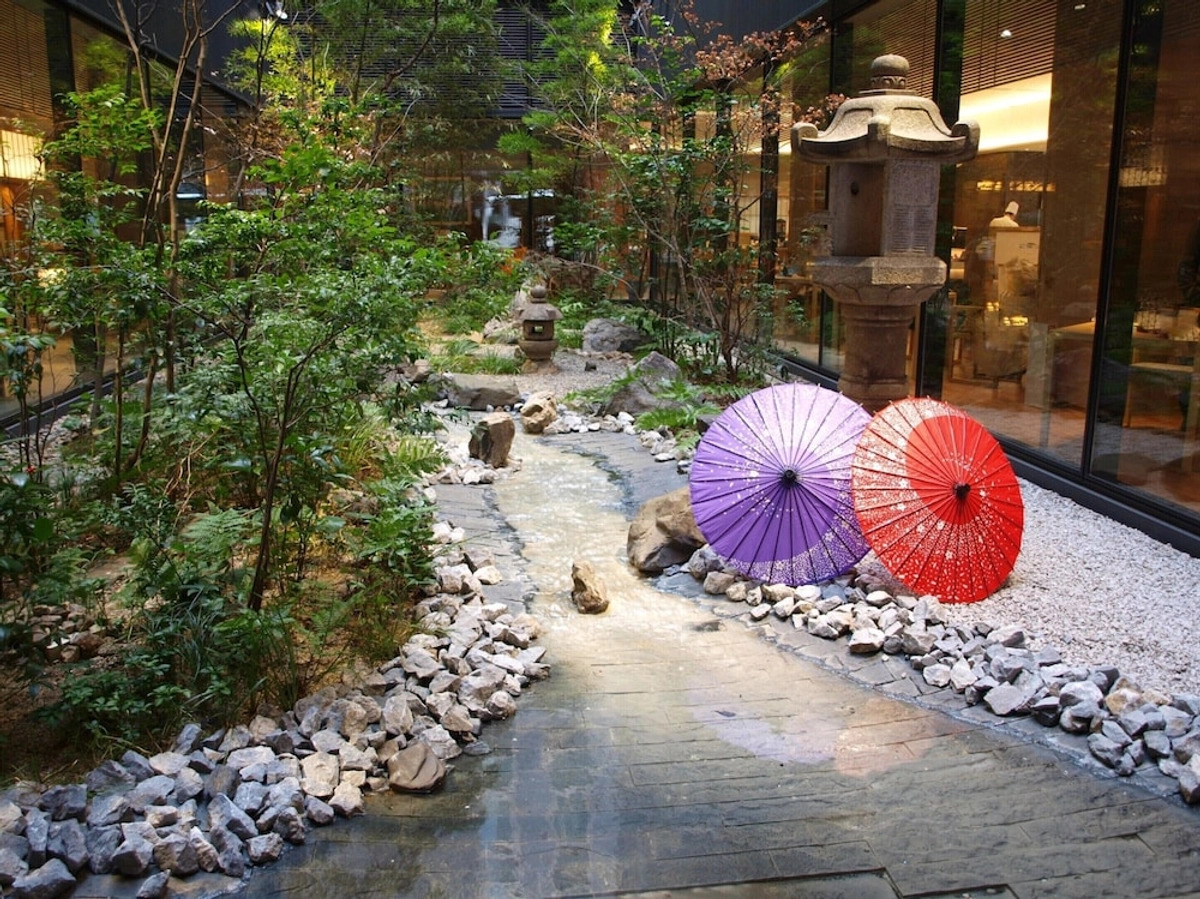



Recent Comments